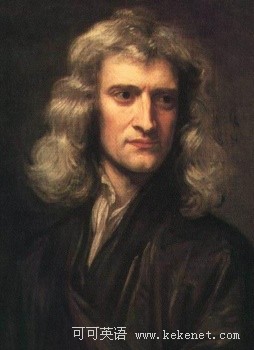5. Age of Newton 牛頓時代 (1660-1687)

Important discoveries happened throughout the 17th century, but the most influential scientific advance was Newton’s theory of gravity. Newton got around to publishing the Principia in 1687, but the crucial ideas came to him in the 1660s. Newton and Leibniz invented calculus about the same time. Boyle’s Law, which led to the development of chemistry, was discovered in 1662; Leeuwenhoek and others began microscopic observations at the same time. It was a fertile time for art (Rembrandt, Vermeer) and literature (Racine, Moliere, Milton, Pascal) and unfortunately, bad philosophy (Hobbes, Locke).
眾多重要發現貫穿了整個十七世紀,但最具科學影響力的無疑是牛頓的萬有引力理論。牛頓在1687年到處講演他的理論,但其實他在17世紀60年代間就確立了核心思想。牛頓和萊布尼茲幾乎同時發明了微積分方法。引導化學發展的波爾定律發現于1662年;列文虎克等人同時期也開始了顯微鏡觀察。同時,當時也是藝術(倫布蘭特,弗米爾)和文學(拉辛、莫里哀、米爾頓、帕斯卡)的多產期,而不幸的是,哲學(霍布斯、洛克)并不發達。


















